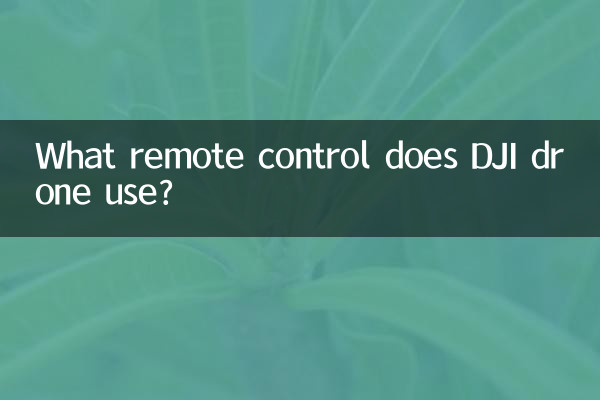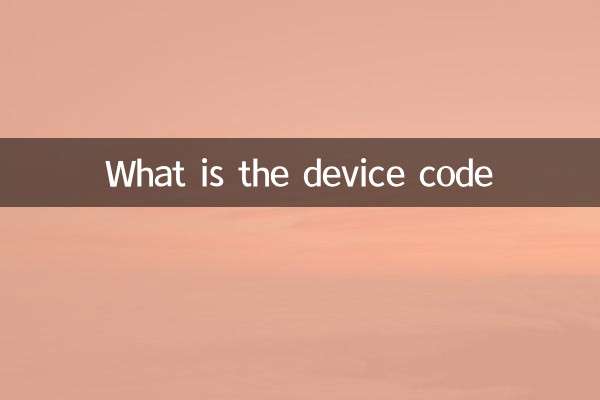What remote control does DJI drone use? Comprehensive analysis of remote control configurations for each model
With the rapid development of drone technology, DJI, as the world's leading drone brand, has a product line covering a variety of models from entry-level to professional-level. The remote control of a drone is the core device for precise control, and the remote controls equipped with different models of DJI drones also have their own characteristics. This article will give you a detailed analysis of the types of remote controls commonly used in DJI drones and their applicable models, helping you better understand how to choose the remote control equipment that suits you.
1. Main types of DJI drone remote controls

DJI drone remote controls are mainly divided into the following categories:
| Remote control model | Suitable for drones | Main features |
|---|---|---|
| DJI RC-N1 | Mavic Air 2, Mavic 3, Mini 2, Mini SE | Entry-level remote control, supports mobile phone connection, high cost performance |
| DJI RC Pro | Mavic 3, Air 2S, Inspire 2 | Professional-grade remote control, built-in screen, supports O3 image transmission |
| DJI Smart Controller | Mavic 2 Pro, Phantom 4 Pro | Comes with a bright screen and supports 5.5GHz dual-band image transmission |
| DJI FPV Remote Controller | DJI FPV Drone | Specially designed for FPV flight, low latency, supports manual mode |
2. How to choose a suitable remote control?
When choosing a remote control, consider the following:
1.Drone model: Different drones have different compatibility with remote controllers. For example, Mavic 3 only supports DJI RC-N1 and DJI RC Pro.
2.Usage scenarios: Professional aerial photography users may need a remote controller with a screen (such as DJI RC Pro), while ordinary users can choose an entry-level remote controller.
3.budget: Remote controls with screens are more expensive, while basic remote controls such as DJI RC-N1 are more affordable.
3. Comparison of popular DJI drone remote controls
| Remote control model | screen | Image transmission technology | Battery life | price range |
|---|---|---|---|---|
| DJI RC-N1 | None (need to connect to mobile phone) | OcuSync 2.0 | about 6 hours | 500-800 yuan |
| DJI RC Pro | 5.5-inch built-in screen | O3 video transmission | About 3.5 hours | 4000-5000 yuan |
| DJI Smart Controller | 5.5-inch bright screen | OcuSync 2.0 | About 2.5 hours | 3000-4000 yuan |
| DJI FPV Remote Controller | None | Low latency image transmission | about 4 hours | 1000-1500 yuan |
4. Future development trends of remote controls
With the advancement of technology, DJI drone remote controls are developing in a more intelligent and portable direction. Future remote controls may have the following features:
1.Stronger image transmission capabilities: Supports longer-distance, lower-latency transmission.
2.AI-assisted control: Optimize the flight experience through artificial intelligence technology.
3.Modular design: Users can replace different functional modules according to needs.
In short, choosing a suitable remote control can greatly improve the drone control experience. Whether you are an entry-level user or a professional pilot, DJI provides a variety of remote control options to meet different needs.

check the details

check the details